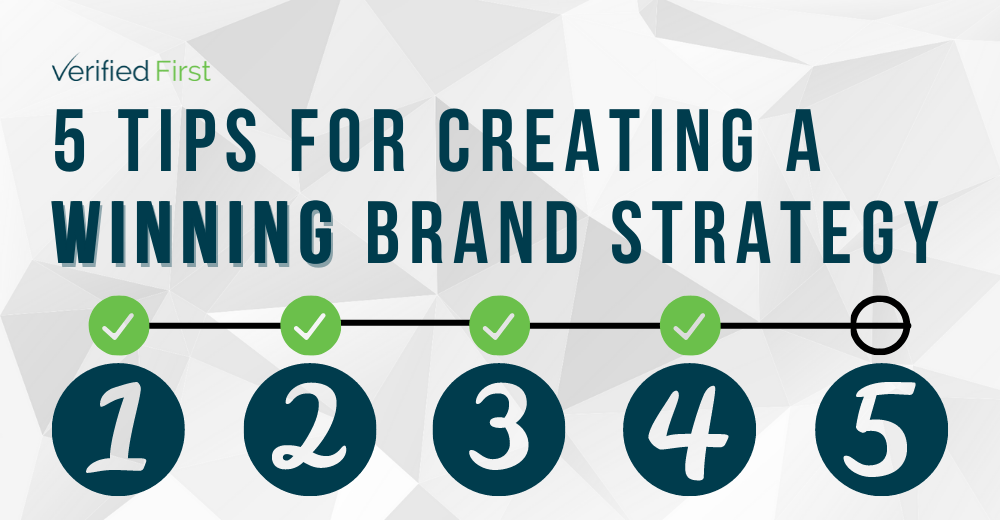
Brand is immensely powerful to a company’s success in recruiting and retaining top talent. A winning brand strategy can reduce cost per hire by 50% and increase the number of qualified applicants by 50%. What a bonus! A strong company brand has the potential to create a lasting impression on your audience, including both customers and talent. However, a winning customer brand strategy does not always equal a winning employer brand strategy. That’s why, differentiating your employee value proposition is crucial to attracting and retaining top talent. During episode four of our HR at the Table series, Prestige Care’s Director of Talent Acquisition, Blake Thiess, laid out five tips to create a winning employer brand strategy — but first, let’s dive deeper into why employer brand even matters.
Candidates are driving the job market more than ever before. With the abundance of job opportunities, both on-site and online, the bargaining power lays in the hands of job seekers, meaning brand plays a large role in recruiting and retaining your target applicants.
Just look at the data:
The data speaks for itself. Brand impacts your talent pipeline heavily. A strong employer brand enables companies to maintain bargaining power when acquiring and retaining top talent. With this in mind, let’s explore how you can improve your employer brand strategy.
Creating a compelling employer brand strategy can be a heavy lift. Before implementing any strategy, companies must determine their available resources, including money, labor, and skill, to accomplish a goal. However, a lack of resources shouldn’t deter you from implementing your employer brand strategy. Instead, get creative with what you already have.
Blake Thiess recommends improvising resources by:
To account for needed resources down the road, start by outlining what your employer brand strategy will accomplish and assess how realistic your goals are.
Brand embodies company culture, workplace structure, team dynamics, internal career mobility, learning programs, and more. When promoting your brand, seek to understand what inspires your workforce to do their jobs each day. Your employee value proposition is what makes candidates choose you over the competition.
Gaining buy-in from all stakeholders within an organization can make all the difference in a successful brand strategy. In fact, employee referrals account for more than 45% of internal hires. To gain employee buy-in, lean into your brand. Assess the three biggest differentiators between you and the competition and maximize them.
Consider highlighting differentiators in the employee experience like:
Part of a strong employer brand strategy is figuring out how to passively and actively fill your talent pipeline. To do so, define the channels your ideal candidates spend their time in and bring your brand message to them. As Blake said, "find which pond your fish swim in and cast your bait there."
Engage your candidates where they are at by assessing which job boards they're attracted to and communicate with them through other means besides email, like social media and texting.
Understanding what your candidate experience is like reveals a lot about how well-received your employer brand is. Candidates interact with various touchpoints before they are hired. Whether your talent pool interacts with your company through a job posting, career page, recruiter, social media, referral, interview, etc., laying out a clear candidate experience helps establish a strong employer brand.
To identify what the candidate experience is like:
The ultimate goal is to reduce the time it takes to fill a position with the right talent. According to the 2021 TA Tech Buyer’s Guide, a digitized background screening experience improves the candidate experience and engagement as well as improves the accuracy and quality of hires. And remember, the candidate experience is part of the employment brand equation.
HR and TA functions can have very different roles when separated by recruitment activities. Remember, it's not an "us" versus "them" conversation; it’s all about the candidate. To portray an attractive employer brand, find congruency between HR & TA initiatives.
Together, TA and HR leaders should determine short and long-term goals for talent management efforts based on future organizational goals and skillsets required to accomplish said goals.
Align initiatives by:
HR and TA functions exist to support the company’s bottom line success. Without congruency between the two, implementing an employer brand strategy is difficult to do.
To stick out against the competition, finding a way to differentiate your employee value proposition is crucial. Don’t let a lack of resources deter you from leaning into your employer brand strategy. Remember, to create an effective employer brand strategy be sure to:
Watch episode four of our HR at the Table series to hear more of Blake’s insight on how to use brand, technology, and talent to reach the HR trifecta for return. To continue the conversation, register for our next webinar to see the role culture plays in binding talent and technology.